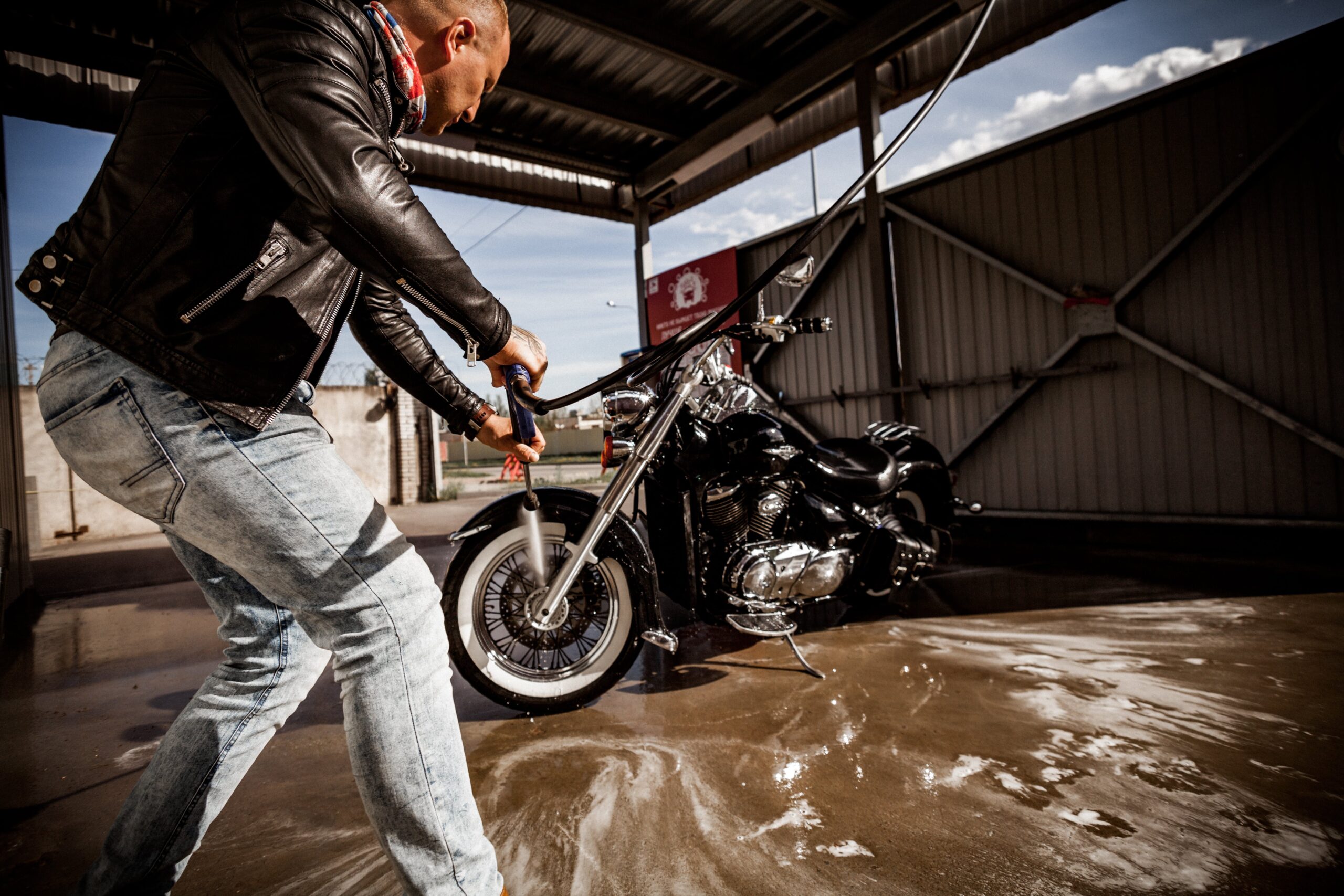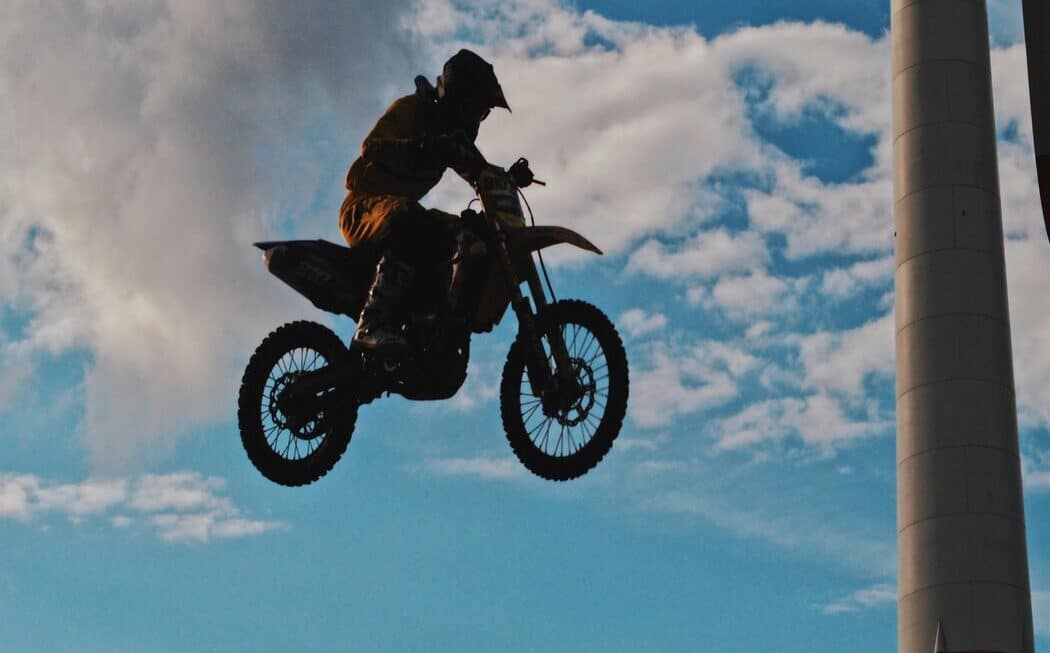When it comes to ownership and riding a dirt bike, regular maintenance is an absolute must. Even if you’ve just taken it on an epic off-road adventure, you shouldn’t wait too long before giving it a good wash. If you leave the mud and grime on your bike for too long it can cause damage to the finish and even affect its performance over time. This is why washing your dirt bike should be part of every maintenance routine.
Ideally, you should give your dirt bike a thorough cleaning after each ride. This will keep the bike looking great as well as ensure that all of its parts are well protected from corrosion or damage which could result from having excess dirt build up over time. Taking care of your dirt bike doesn’t need to be a difficult or time-consuming task, with the right tools and cleaning products, such as detergent and water pressure cleaner, you can make light work of cleaning away all the mud and debris built up on your bike ready for your next journey.
How to Wash a Dirt Bike (Step-by-Step Process)
Here is a step-by-step process about how to wash a dirt bike:
Choose the Perfect Place for Washing
When selecting a place to wash your bike, there are a few key considerations. First of all, make sure you have enough space to work comfortably. Make sure that the bike isn’t too hot from riding. Excessive heat can damage certain components of the bike, so it’s best to let it cool down before washing. Furthermore, try to find a spot that doesn’t get too much sun. Sun can dry out soap or water too quickly, leading to unsightly streaks on your frame. Make sure you use something like a plug or rag to block off any exhaust pipes during the process of cleaning. This will prevent draining any water into the engine or other parts of your bike.
No matter where you choose to wash your bike, take care of which products you use on specific parts like grips or brake calipers. Use softer sponges if possible and be sure to rinse off any remaining grime from buckles and chains when finished. It is also important not to pressure wash at too high an intensity as this could also cause damage. As long as you are aware of these details and take care in choosing where you clean your bicycle, you should have success in maintaining its sparkle and shine for many years!
Essential Supplies
One of the most important steps in properly maintaining your dirt bike is having all of the essential supplies ready before you begin. Whether you’re doing regular upkeep or deep cleaning, it is important to have the necessary tools and materials on hand. To get started, you’ll want a sponge or rag for cleaning larger surface areas and a soft-bristle brush for the more detailed work. Additionally, select a specialized cleaning solution formulated specifically for dirt bikes as these products will be designed with chemical compounds that won’t damage the paint or finish.
Once these items are assembled, you can begin to form your custom toolkit which will come in handy each time maintenance is completed. Items like leather conditioners for seat care, protector solutions specific to surfaces, tire gels, and dressings can also help eliminate any potential corrosion while protecting certain parts from future weathering. Stocking up on this type of equipment should be done regularly as appearance and functionality become enhanced over time with proper care.
Using a Mild Detergent
A mild detergent is the best choice when washing your dirt bike. Not only will it effectively remove mud, dust, and other debris, but it won’t harm or leave a film on plastic or metal components that could damage them. To use a mild detergent for your dirt bike, first, mix a small amount of it with warm water in a bucket or tub. Then take a soft-bristled brush to scrub away any hardened grime and other build-ups from your motorcycle’s frame and body. Finally, rinse thoroughly with clean water to ensure all remnants of the detergent have been washed away. This low-cost cleaning solution will keep your bike looking like new each time you use it!
Don’t Use Abrasive Detergents
Keeping your bicycle in top shape requires proper maintenance and cleaning. While using certain cleaners may help remove problems such as dirt, grime, and scuff marks, it is important to avoid using caustic or abrasive detergents that can damage the bike’s finish.
Caustic cleaners are powerful chemical agents that can react to any finish applied to a bike. Anodized aluminum is particularly susceptible to corrosion via caustic cleaners, and if left on the surface too long it can leave a residue that will mar the distinctive finish of a bicycle. Abrasive cleaners may help clear away scuffs or other tough deposits but they need to be used safely thanks to their potential for gouging softer materials such as plastic. By avoiding these caustic and abrasive detergents, you’ll be able to keep your bicycle looking great without causing any permanent harm.
Remove Large Mud Chunks
Removing large chunks of mud from dirt bikes is an important step before washing. To do it properly, it’s best to use your hands or a soft object like a rubber mallet. You can carefully dig and Wedge the mud out with your fingers or use the mallet to gently dislodge it. You mustn’t scratch the mud with objects like metal scrapers or screwdrivers as this could damage the metal of the bike underneath.
To further help protect your bike against mud buildup in between washes; consider applying an undercoat after cleaning. This will form a protective barrier and make cleaning up after future rides easier, allowing you to quickly and efficiently remove any remaining debris without damaging the paintwork of the bike. Doing this before washing regularly should help keep your dirtbike looking its best for longer periods, reducing overall maintenance costs in the long run.
Use a Muffler Plug and Airbox Wash Cover
Having an airbox wash cover and muffler plug is a must-have for any vehicle that will be exposed to adverse weather. The airbox wash cover is meant to protect the engine from water infiltration caused by heavy rain or storms. The air filter must first be removed before installing the cover, which requires extra care as the air filter can easily get damaged in the process. In addition, a muffler plug should also be used to guard against water from entering the muffler and ruining the packing. To further ensure that no water makes its way into the engine during bad weather, you can also place your piston at the top-dead-center to provide additional protection.
In addition to covers and plugs, plastic bags can also be used as an alternative measure against moisture infiltration. This method works by covering the air filter and muffler with tightly fitted plastic bags, although it’s not as effective as utilizing covers and plugs since no form of lock mechanism secures them in place during tough conditions. If you’re going to rely solely on plastic bags for protection then make sure they are of high quality so they don’t rip easily due to wind or other external factors.
Pressure Washing
Pressure washing is a popular method for cleaning off dirt and mud from bicycles, particularly for mountain bikers. It can be a time saver as it blasts through the caked mud, but riders should be careful when using a pressure washer. If you’re not careful, the pressurized water could ruin important seals and lead to corrosion on your bike, so avoiding direct spraying of the head stem, wheel bearings and chain is key. Pass a stream of water past these parts instead of pointing them right at the pressure washer nozzle.
The advantage of using a pressure washer is that it gets rid of pretty much all dirt and grime with just one pass. However, if used incorrectly it can cause more harm than good as it might damage certain areas of your bike beyond repair or cause temporary discomfort. Just be sure to stay away from spraying any parts too directly as this could lead to permanent damage over time. It’s better to err on the side of caution here. With some practice and common sense, you should be able to get a good clean without putting unnecessary strain on your bike parts or risking their destruction by using too much force!
Key Areas to Clean
When washing a dirt bike, there are some key areas where you should pay special attention. Firstly, the radiator and its fins should be thoroughly cleaned out. Make sure to take extra time to make sure all of the dirt and debris is removed. You may choose to use a pressure washer for this task but be careful not to bend the fins too much in the process. Secondly, you’ll want to make sure that the chain area underneath your bike is properly cleared of any lingering dirt particles. This helps prevent scouring from occurring on your metal chain when being ridden, making it last longer. Lastly, your shift lever should not be forgotten either! Be sure to give it a good wash and get all of the mud or dirt out of its springs as well for optimal performance.
Following these steps will ensure that your dirt bike remains in top condition and is ready for an amazing riding experience whenever you rev its engine up again! Taking care to clean each part properly needs no more effort than a few minutes spent every ride but pays off multiple times over in terms of reliability and longevity on your beloved machine. So make sure when cleaning your dirt bike you pay special attention to these important areas before taking it out for another spin around the track.
Don’t forget that with proper care your bike can have a longer lifespan and look great too!



